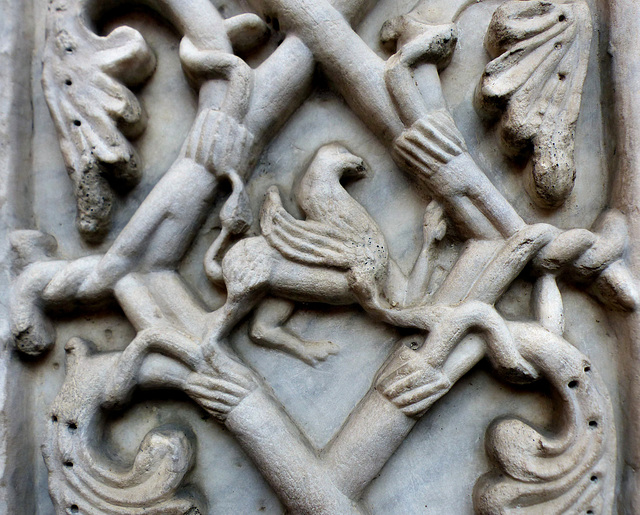Foligno - Cattedrale di San Feliciano
Foligno - Santa Maria Infraportas
Foligno - Abbazia di Sassovivo
Foligno - Abbazia di Sassovivo
Foligno - Abbazia di Sassovivo
Foligno - Abbazia di Sassovivo
Foligno - Abbazia di Sassovivo
Foligno - Abbazia di Sassovivo
Assisi - Basilica di Santa Chiara
Assisi - Cattedrale di San Rufino
Assisi - Cattedrale di San Rufino
Assisi - Cattedrale di San Rufino
Assisi - Cattedrale di San Rufino
Assisi - Cattedrale di San Rufino
Assisi - Cattedrale di San Rufino
Assisi - Cattedrale di San Rufino
Assisi - Cattedrale di San Rufino
Assisi - Cattedrale di San Rufino
Assisi - Cattedrale di San Rufino
Assisi - Basilica di San Francesco
Assisi - Basilica di San Francesco
Bevagna - San Michele
Bevagna - San Michele
Foligno - Cattedrale di San Feliciano
Foligno - Cattedrale di San Feliciano
Foligno - Cattedrale di San Feliciano
Foligno - Cattedrale di San Feliciano
Foligno - Cattedrale di San Feliciano
Foligno - Cattedrale di San Feliciano
Umbria - Pastries
Gubbio - Palazzo dei Consoli
Gubbio - Palazzo dei Consoli
Gubbio - Logge dei Tiratori
Gubbio - San Francesco
Gubbio - San Francesco
Gubbio - San Francesco
Gubbio - San Francesco
Montelabate - Abbazia di Santa Maria di Valdiponte
Montelabate - Abbazia di Santa Maria di Valdiponte
Montelabate - Abbazia di Santa Maria di Valdiponte
Montelabate - Abbazia di Santa Maria di Valdiponte
Montelabate - Abbazia di Santa Maria di Valdiponte
Montelabate - Abbazia di Santa Maria di Valdiponte
Montelabate - Abbazia di Santa Maria di Valdiponte
Montelabate - Abbazia di Santa Maria di Valdiponte
Location
Lat, Lng:
You can copy the above to your favourite mapping app.
Address: unknown
You can copy the above to your favourite mapping app.
Address: unknown
Keywords
Authorizations, license
-
Visible by: Everyone -
All rights reserved
-
183 visits
Foligno - Cattedrale di San Feliciano


Foligno was an Umbrian settlement, taken over by the Romans in 295 BC and named "Fulginiae". After the fall of the Roman Empire it was part of the Duchy of Spoleto. In 881 it got sacked and looted by Saracens, in 915 and again in 924 it was ruined by Magyar troops. The survivers decided to move close to the "Civitas Sancti Feliciani", a strongly fortified church where Bishop and martyr Feliciano was buried.
Thanks to Barbarossa it gained the status of free city in 1165. Siding first with the Guelph party, Foligno became Ghibelline later and was a rival of Perugia. Foligno changed hands often during the wars of the 13th century. From the the 14th century on the city flourished, controlling large territory. Foligno was part of the Papal States until 1860 (with only two short exceptions).
Foligno has suffered from a major earthquake in 1997, some traces can still be found.
The "Cattedrale di San Feliciano" was built on the site of an earlier basilica ("Civitas Sancti Feliciani") 1133-1201. It is the seat of the Bishop of Foligno. The cathedral has two façades, the principal façade, facing the Piazza Grande, and the secondary façade facing the Piazza della Repubblica.
This is a detail of the secondary façade, that has an elaborate portal.
It is the work of the master sculptors and architects Rodolfo and Binello from 1201.
Thanks to Barbarossa it gained the status of free city in 1165. Siding first with the Guelph party, Foligno became Ghibelline later and was a rival of Perugia. Foligno changed hands often during the wars of the 13th century. From the the 14th century on the city flourished, controlling large territory. Foligno was part of the Papal States until 1860 (with only two short exceptions).
Foligno has suffered from a major earthquake in 1997, some traces can still be found.
The "Cattedrale di San Feliciano" was built on the site of an earlier basilica ("Civitas Sancti Feliciani") 1133-1201. It is the seat of the Bishop of Foligno. The cathedral has two façades, the principal façade, facing the Piazza Grande, and the secondary façade facing the Piazza della Repubblica.
This is a detail of the secondary façade, that has an elaborate portal.
It is the work of the master sculptors and architects Rodolfo and Binello from 1201.
- Keyboard shortcuts:
Jump to top
RSS feed- Latest comments - Subscribe to the comment feeds of this photo
- ipernity © 2007-2025
- Help & Contact
|
Club news
|
About ipernity
|
History |
ipernity Club & Prices |
Guide of good conduct
Donate | Group guidelines | Privacy policy | Terms of use | Statutes | In memoria -
Facebook
Twitter

Sign-in to write a comment.